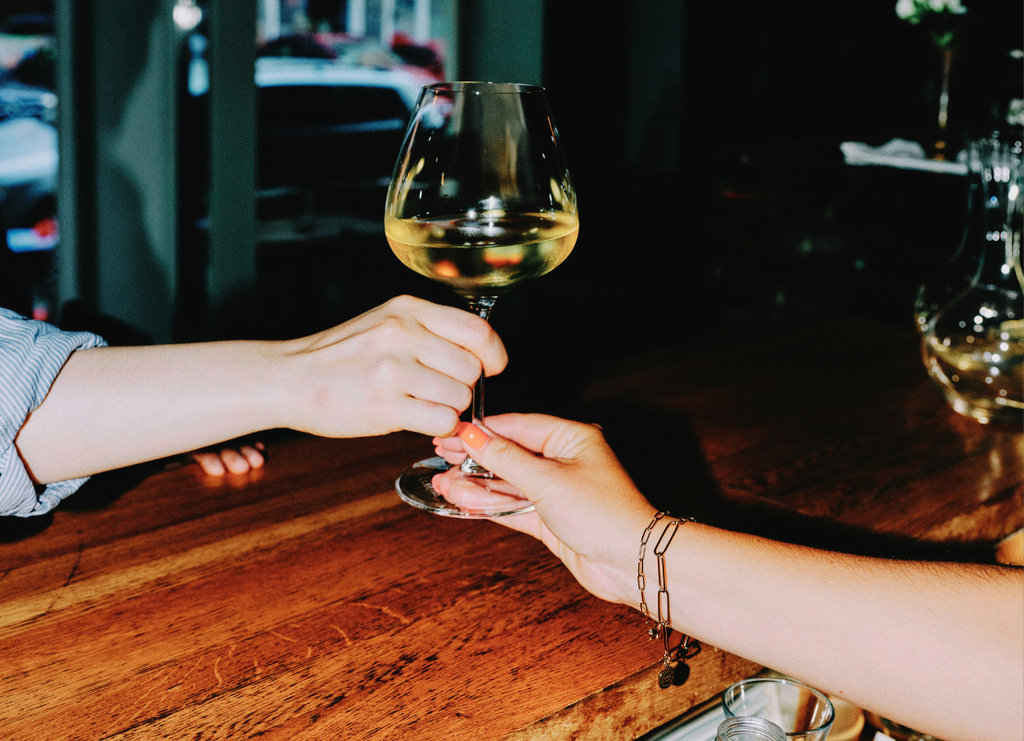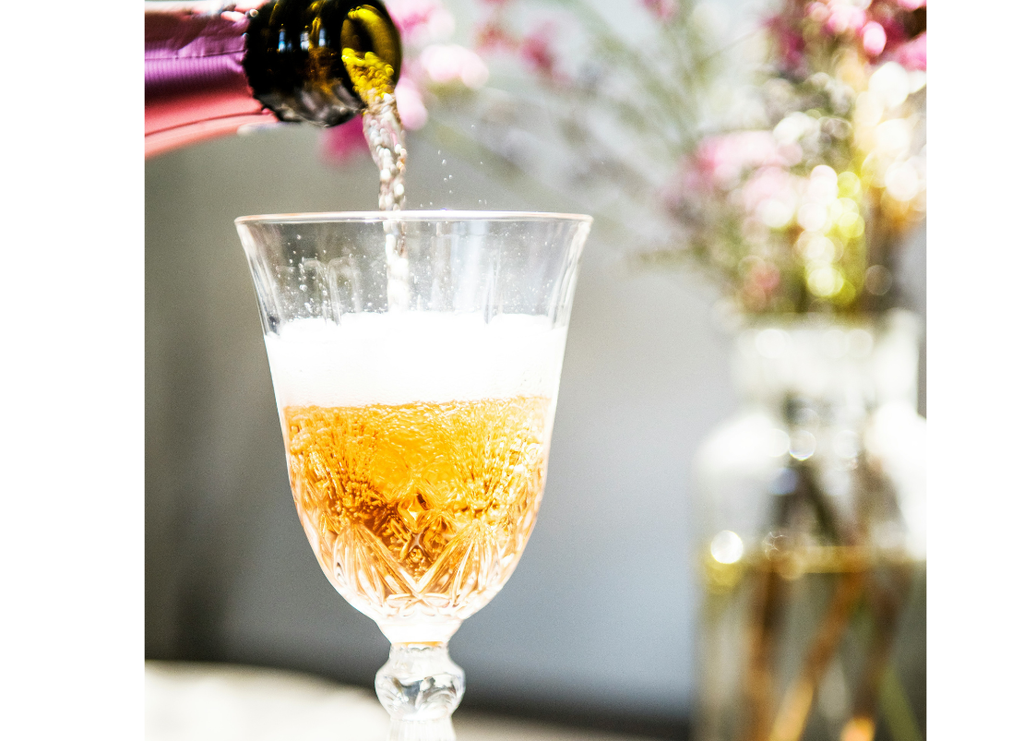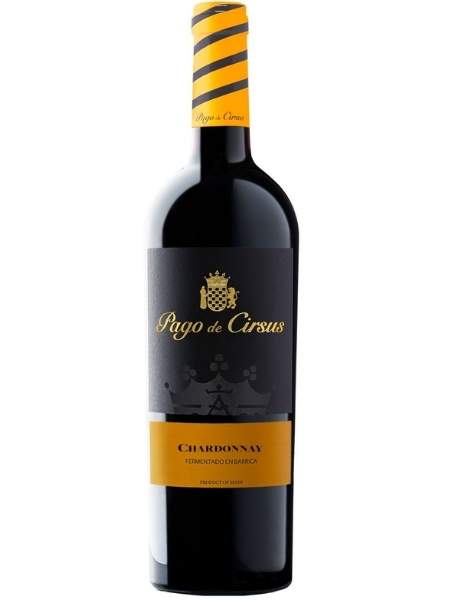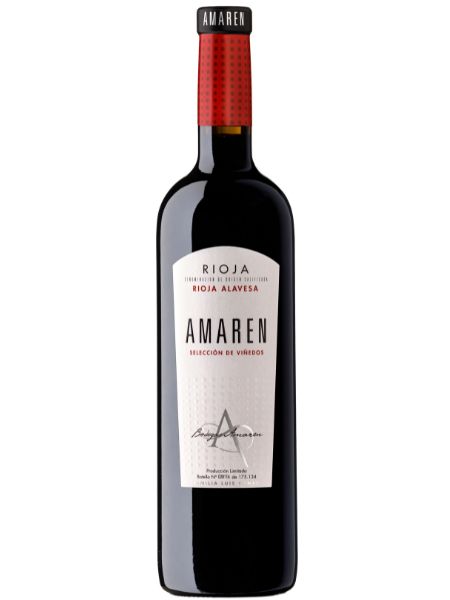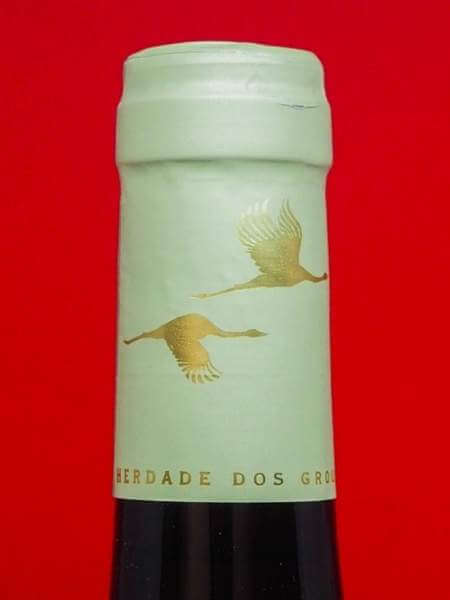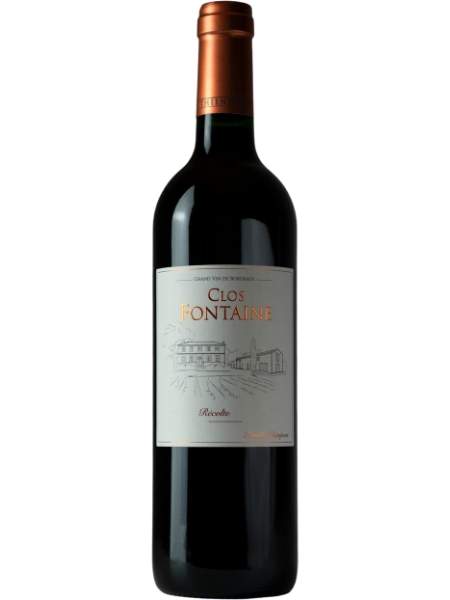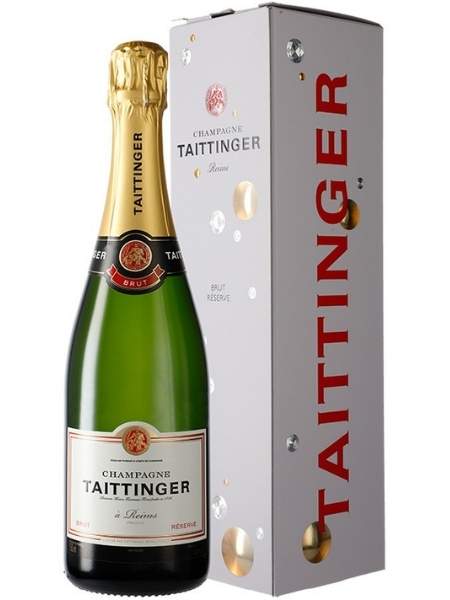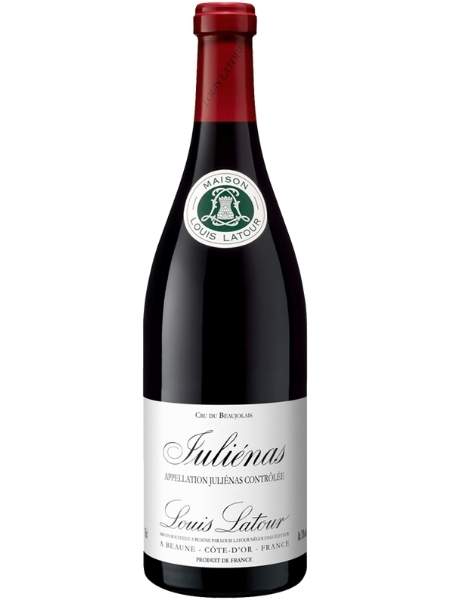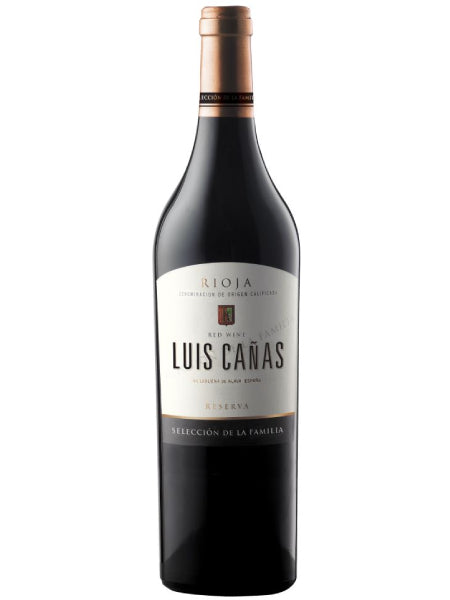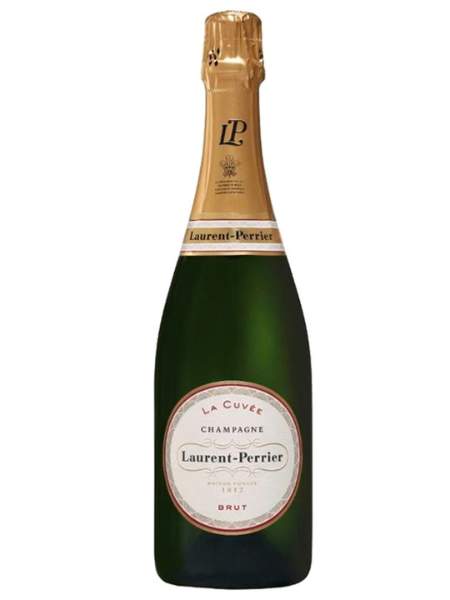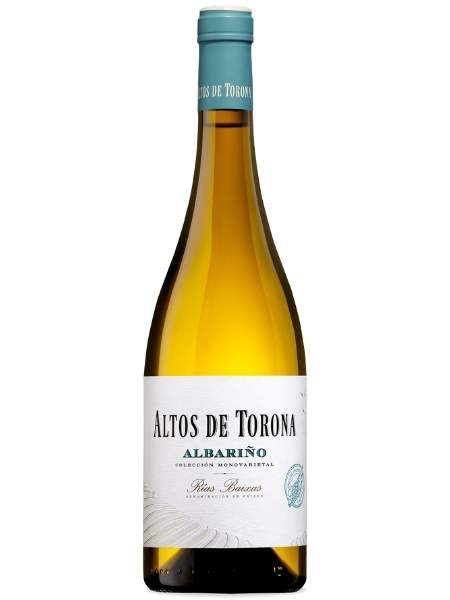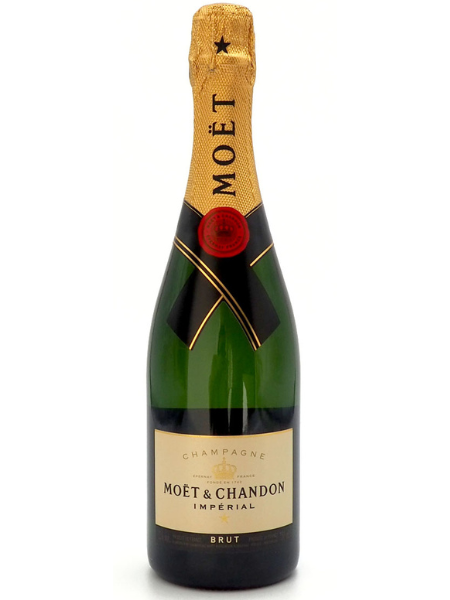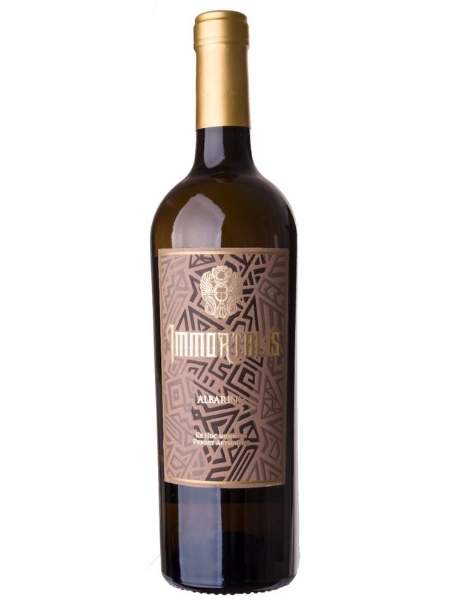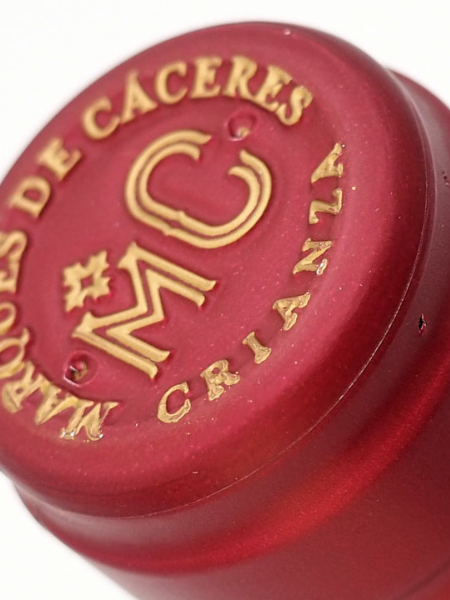
How wine is made - Step by step

From the vine to the glass
We all like to enjoy wonderful wine, but have you ever wondered how grapes become wine?
For some of us, we know the process by which we get wine from our grandparents’ garden, where we saw or even took part in the grape harvest, the grape picking or preparing the barrels for the fermentation of the must. However, some of us have never taken part in this grand tradition. So, how does the winemaking process work?
Today we will explain this process, and because one of our specialities is Spanish wines, we will focus on the winemaking process in Spain.
Let’s begin!
First, we would like to explain some of the most common grape varieties used in Spain to make each wine, whether it is white, rosé, red or cava.
The most cultivated grapes for making Spanish white wines are verdejo, albariño, godello, Garnacha blanca, sauvignon blanc, muscatel or aíren , among others.
There are many varieties of red grapes in Spain, but we would like to highlight those of French origin, such as cabernet sauvignon or merlot, which are very versatile varieties to be mixed with other varieties. Tempranillo and Syrah are the most planted grape varieties in Spain.
Now that we’ve mentioned the most popular grape varieties, you can imagine that this magical winemaking process starts in the vines and ends at the winery.
On the land, the farmer or viticulturist makes sure that the grapes grow in the vine without stress and with the water balance. The winegrower is making sure that the vines produce the best grapes possible. We often talk about old vines. This type of vineyard is the best in terms of quality because the vine is not vigorous and production is more limited, so its grapes grow better. Here, the wine is more expensive, as the fields produce fewer grapes.
More and more wineries are turning to organic viticulture. This means that the soil does not receive any phytosanitary or chemical treatment as pesticides or herbicides, the vine is following its natural course of growth.
Harvest
When
In Spain, harvesting takes place between September and October, although in some Mediterranean areas it starts as early as the second half of August.
How
There are two methods of harvesting, one manual, which is used in organic viticulture and in low-yield wineries. This process is quite common in many rural areas of Romania.
Another method of harvesting is when the grapes are placed in boxes of up to fifteen kilograms and reach the cellar in stages.
When production is higher, the tractor or car harvests the grapes, as most of these vines are trellis.
Winemaking
The winemaking process in the cellar begins once the grapes have been harvested, and grapes arrive at the winery. It is very important to mention that the time from the fields to the winery should be as short as possible, so the quality of the grapes is not affected by the transport.
In the winery, all the stems are removed and only the grapes remain.
The next process is crushing, which is done so that the skin of the grapes releases all the must. Currently, this process is performed mechanically. In the past, grapes were trampled.
Some wineries do the crushing process before removing the bunch stem to give the wine a more herbaceous character, but most often the must is obtained after the grapes are ripened.
Maceration
The next step is to soak the skins with the must.
This process is not usually done with white wines, such as Prado Rey Verdejo (a wine with high aromatic intensity and a long and very pleasant taste, ideal for an aperitif or a mid-afternoon drink with friends. ).
On the other hand, Chan de Rosas, a white wine from the Rías Baixas, is an Albariño whose must is soaked in the skins for about twelve hours and whose yeasts are not removed to express the unctuousness they offer. An elegant and seductive wine with a lot of personalities.
Another example is a Godello white wine, with a name as beautiful as its label, Demasiado Corazón (which means Too much heart, in Spanish). This is the personal project of Javier Álvarez, writer and viticulturist who pays homage to his father and his hometown in the heart of Bierzo.
The maceration of the skins in the case of red and rosé wines is of great importance, although in the case of rosé wines this time is minimal, in the case of red wines it is much longer.
The very dark colour of some of the wines, especially the young red wines, is due to the presence of grape polyphenols, which are divided into anthocyanins and tannins.
A good example, in this case, would be Marqués del Cerro , a wine from La Rioja Alta, young, dynamic, with an intense ruby colour and marked tannins.
Another example would be Hacienda Solano 2016 , from Ribera del Duero, a red wine from a small, old vineyard with low production, aged for eighteen months in French oak barrels. It has ripe tannins, well integrated, with anthocyanins still very present in colour, but with a plum edge, which indicates that this wine has been kept in the cellar for a long time.
All these red wines can age in glass for many years and continue to evolve in the glass, provided they are kept in proper condition.
Alcoholic fermentation
The next process is alcoholic fermentation, in which the yeasts eat the sugar and turn it into alcohol. The alcohol content of the wine will depend on the time when the grapes were harvested, the weather conditions, the altitude of the land and other factors.
It has always been said that the fermentation period is the most delicate for the oenologist.
This process, which takes about twenty days, is done by temperature control. In some cases, the skins are also left in contact with the must during this time, and the wine is pumped or mixed so that all the must is in contact with the skins to extract all the phenolic load and transmit it to the wine.
How Cava is made
The difference with Spanish Cava wine is that it has a double fermentation. That is, a white wine base is used that has already undergone a first fermentation.
In the case of Cava produced in Catalonia, Spain , the varieties used are macabeo, xarello and parellada, a blend of the three varieties, although we can also find some cava with Chardonnay varieties.
After this first basic wine has been selected, it is put into a glass and yeast and sugar are added so that it can be subjected to a second fermentation in the glass.
After the yeasts will stay in the cellar for at least nine months, in a storage system with desks, where the bottles are tilted and rotated at different intervals.
Thus the yeasts end up being deposited in the neck of the bottle, which is then disgorged to remove them.
This contact during the ageing process will give the cellar creaminess.
A clear example of young cava aged nine months is Cava Brut Nature Batllori.
It comes from a small family winery that has been producing cava for over 50 years and which offers us a fresh, citrus and very interesting cava.
We encourage you to taste our excellent cava wines. They have been lovingly selected so that you can discover an authentic Spanish cava .
We hope you find the article useful and interesting, and that you know how the grapes are converted to wine. We thank our friend Isabel Zaro for all the documentation.
Discover the wines mentioned here and many other details about each of them in our store.
See you next week, wine lovers,
Dis&Dis Team

